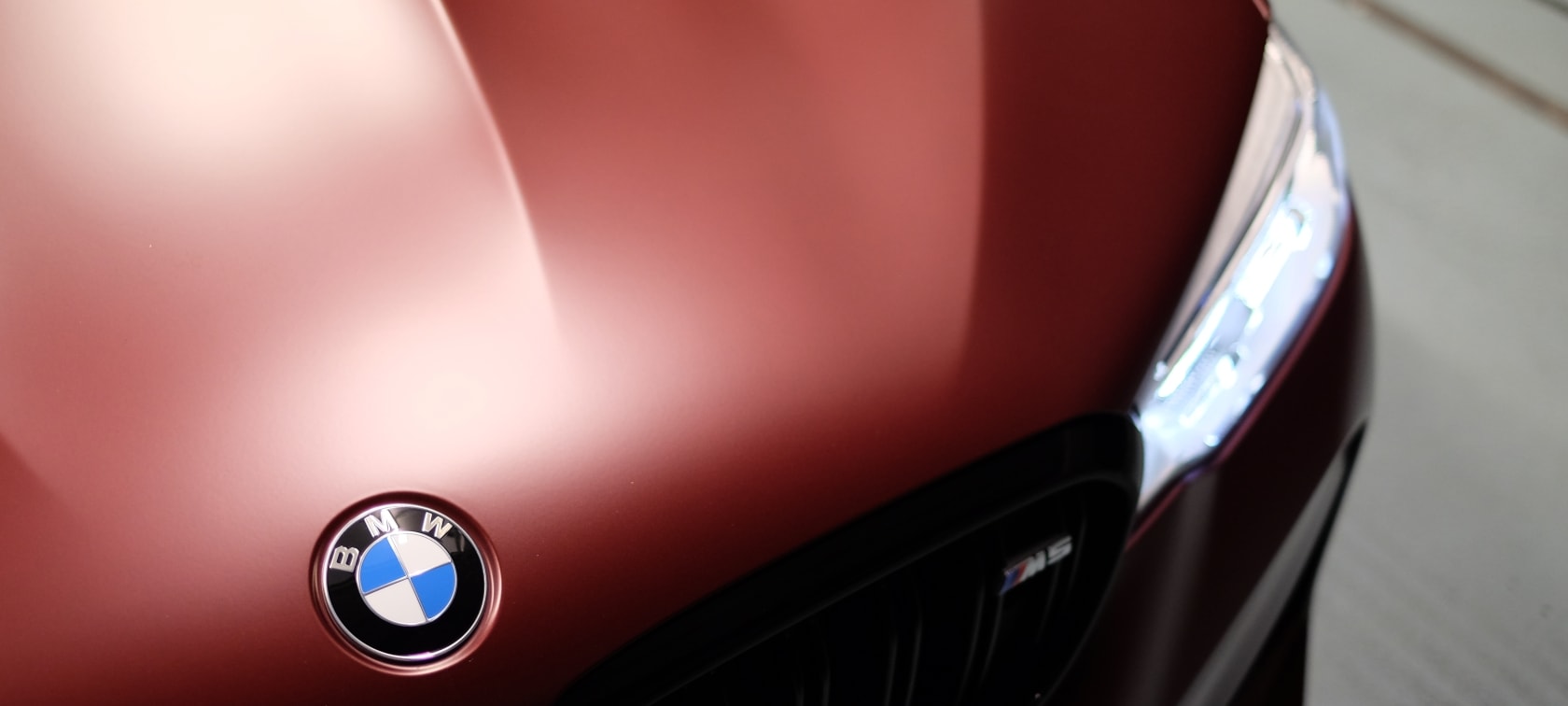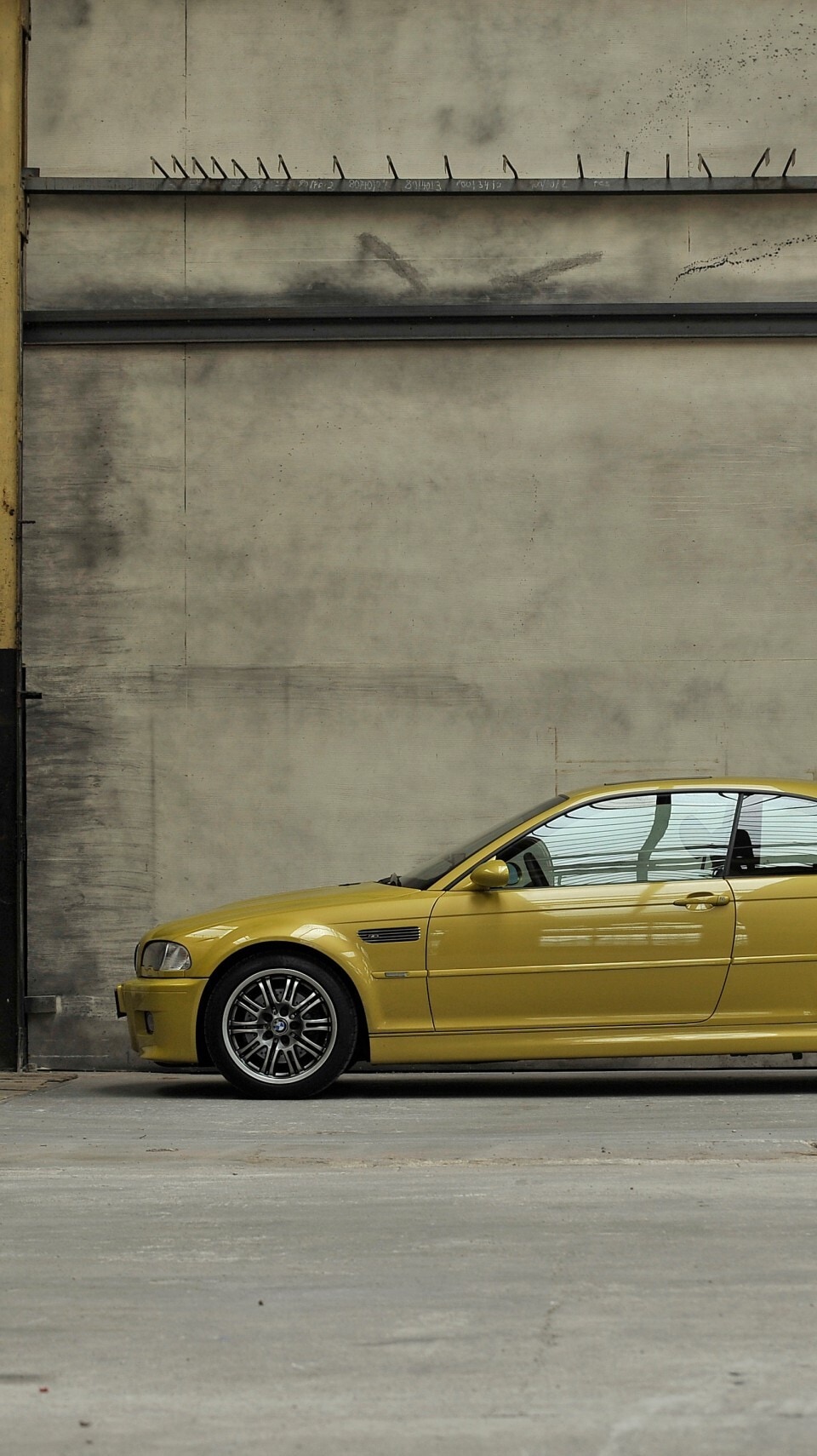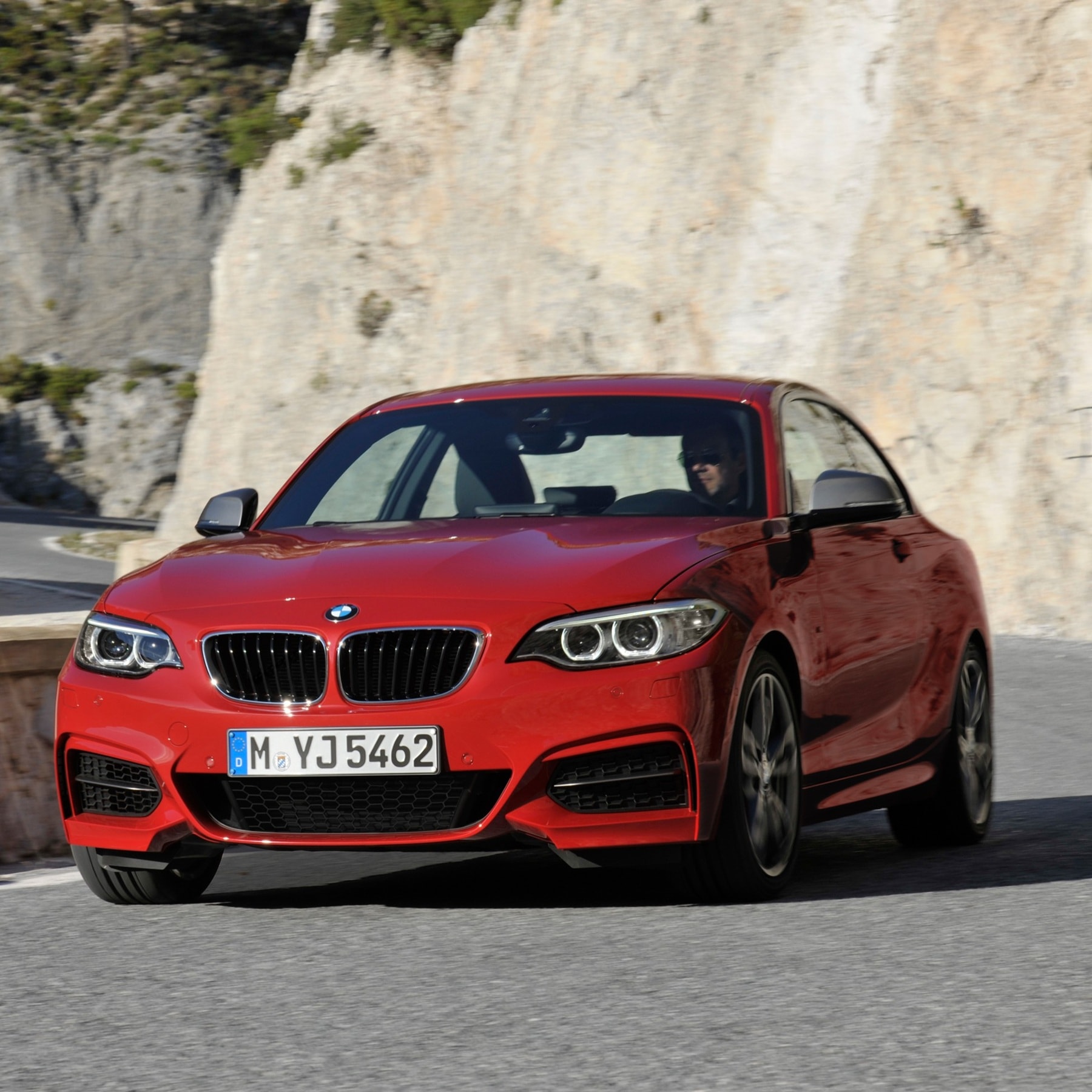One minute you’re navigating your car around the shopping centre car park and suddenly you hear the sound of fine sheet metal meeting a massive concrete pillar. Disaster! Your car’s paintwork is now emblazoned with an ugly scratch. However, even if it’s not a big one, you should take care of the damage as soon as possible. A car’s paintwork also protects against rusting – which can be expensive to repair if it occurs. Not to mention the fact that your car’s resale value will take a hit if it isn’t fixed. Find out what you can do yourself and when you need to hire a specialist.

Check the depth of the scratch.
BMW M automotive paints consist of four individually applied layers: the primer, the cathodic dip painting (CDP) including the filler paint, the top coat that defines the colour of the vehicle and the clear coat that provides gloss and protects the entire surface from environmental influences. Therefore, the deeper a scratch is, the more difficult it can be to remove. Damage to the top layer of paint can often be removed by polishing. If you run your fingernail over the scratch and it catches you, however, this is a sign that several layers of paint are already damaged and polishing alone is not sufficient. If a colour other than that of your car’s paintwork has become visible under the scratch, the damage will extend to the primer. In the event of such damage, you should seek the help of a car paint specialist.

Polishing coloured and metallic paints.
When it comes to treating superficial damage on cars with coloured and metallic paint finishes, you should first clean the affected area thoroughly and let it dry. Then apply the car polish evenly and wipe it with a cloth in a circular motion. With a bit of luck, this should be enough to eradicate small blemishes.
Matt finishes.
Proceed with caution when treating vehicles with a matt finish. Polishing alone will not give you the desired result, as the fine surface structure of this varnish is smoothed by the cleaning processand can result in unsightly, shiny stripes. Models with a matt paint therefore require special care products, and you should visit an expert in the BMW workshop to clarify if the damage is more serious.
PAINT PEN.

PAINT PEN.
Under certain circumstances, it’s possible to remedy deeper paint damage, such as paint chipped by small stones, with a paint pen. This treatment serves either for purely cosmetic purposes or as a basic protection of the lacquer by sealing the damage. However, this is only in cases where the scratch is neither too deep nor too large.
First, you need to establish the colour code of your car paint. You’ll find this on a sticker placed on the bodywork. This might be inside the trunk, in the engine compartment or on one of the door pillars.
Before using the paint pen, clean the damaged area. Then you should shake the pen before paint is carefully applied and allow it to dry for a few hours. It’s recommended that the treated area is then additionally sealed with clear varnish from a second lacquer stick. After this step, there is another drying process. Instructions about how to correctly undertake this procedure can be found in the instruction manual for the product you are using.

Spray paint.
Spray paint can be used to repair minor damage to the paint (e.g. scratches) and painted plastic components without any problems. When using it, you should always wear protective clothing such as a breathing mask, glasses and gloves. Surfaces around the area you are applying paint to should be taped to protect against paint particles. In addition to the base coat, sprays are also available for primer and clear coats. However, special care is advised with this method for those with less experience – if you’re unsure about doing it yourself, then you should consult one of the experts from the workshop.
SMART REPAIR.

SMART REPAIR.
Generally speaking, if a scratch is too deep or too large, you shouldn’t shy away from visiting a workshop. BMW experts can repair all kinds of scratches more thoroughly and durably than is possible with a touch-up pen, for example. SMART Repair has become a common method for repairing small damaged areas (to the size of one’s palm) with little effort and at a low cost. Paint damage is repaired with so-called spot painting with the use of an airbrush gun. However, be warned: one disadvantage is that, in some cases, the area thats has been repaired can still be visible on the car afterwards.
COMPLETE PAINTWORK.

COMPLETE PAINTWORK.
In the most difficult cases of damage to your car’s paint, a complete repainting of the vehicle can be unavoidable. It is important that you get a cost estimate prepared at the workshop. Bear in mind that it’s not necessarily the number of scratches that drive the cost up, but the size of the area the painters have to take care of.
No matter which method you choose, you should act fast. Putting it off can cost money in the long run.
Protective film to prevent scratches.
Tip: to avoid damage to your car’s paint in the future, paint protection film could be a useful option. The aim is not to improve the appearance of your car, but to cover certain parts that may be prone to damage – or even the entire car – with a transparent film to protect it from getting chipped by stones and other external risks. You can apply and remove paint protection films yourself. The result is even more precise if you have the work done by a specialist. After all, no-one wants wrinkles on their car.




